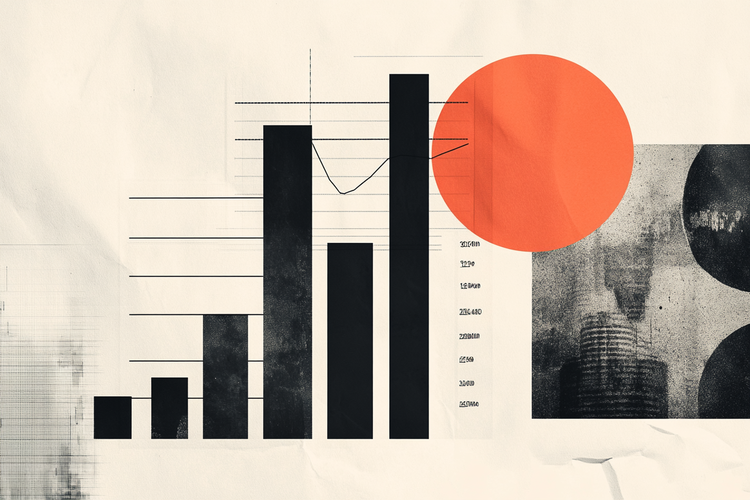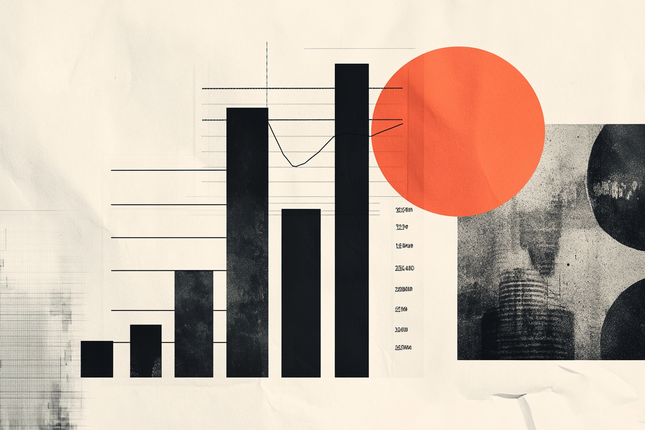Forex Today: Critical growth and inflation data from major economies to ramp up volatility
Here is what you need to know on Wednesday, April 30:
Following Tuesday's choppy action, financial markets remain relatively quiet early Wednesday as investors gear up for high-tier data releases. The European economic calendar will feature first-quarter Gross Domestic Product (GDP) data for Germany and the Eurozone, alongside monthly Unemployment Rate and Consumer Price Index (CPI) figures from Germany. In the second half of the day, the US Bureau of Economic Analysis (BEA) will publish its first estimate of the Q1 GDP and Personal Consumption Expenditures (PCE) Price Index numbers for March. The ADP Employment Change data will also be scrutinized by investors.
US Dollar PRICE This week
The table below shows the percentage change of US Dollar (USD) against listed major currencies this week. US Dollar was the strongest against the New Zealand Dollar.
| USD | EUR | GBP | JPY | CAD | AUD | NZD | CHF | |
|---|---|---|---|---|---|---|---|---|
| USD | -0.14% | -0.57% | -0.60% | -0.28% | -0.03% | 0.50% | -0.52% | |
| EUR | 0.14% | -0.49% | -0.47% | -0.16% | 0.02% | 0.63% | -0.40% | |
| GBP | 0.57% | 0.49% | 0.04% | 0.35% | 0.49% | 1.12% | 0.11% | |
| JPY | 0.60% | 0.47% | -0.04% | 0.35% | 0.61% | -0.31% | 0.40% | |
| CAD | 0.28% | 0.16% | -0.35% | -0.35% | 0.13% | 0.78% | -0.22% | |
| AUD | 0.03% | -0.02% | -0.49% | -0.61% | -0.13% | 0.63% | -0.40% | |
| NZD | -0.50% | -0.63% | -1.12% | 0.31% | -0.78% | -0.63% | -1.01% | |
| CHF | 0.52% | 0.40% | -0.11% | -0.40% | 0.22% | 0.40% | 1.01% |
The heat map shows percentage changes of major currencies against each other. The base currency is picked from the left column, while the quote currency is picked from the top row. For example, if you pick the US Dollar from the left column and move along the horizontal line to the Japanese Yen, the percentage change displayed in the box will represent USD (base)/JPY (quote).
After edging higher during the European trading hours on Tuesday, the US Dollar (USD) Index lost its traction and closed the day with small gains. The data from the US showed that JOLTS Job Openings came in at 7.19 million in March, missing the market expectation of 7.5 million. Early Wednesday, the USD Index fluctuates in a tight channel above 99.00.
In the Asian session on Wednesday, the Australian Bureau of Statistics reported that the CPI inflation held steady at 2.4% on a yearly basis in the first quarter. This reading came in above analysts' estimate of 2.2%. Commenting on inflation data, Australian Treasurer Jim Chalmers noted that the market expects more interest rate cuts after inflation figures, adding that he doesn't see anything in these numbers that would substantially alter market expectations. After losing more than 0.7% on Tuesday, AUD/USD holds steady at around 0.6400 in the European morning.
EUR/USD failed to build on Monday's gains and closed marginally lower on Tuesday. The pair moves sideways below 1.1400 in the European morning. Earlier in the day, the data from Germany showed that Retail Sales declined by 0.2% on a monthly basis in March.
GBP/USD fluctuates in a narrow band at around 1.3400 in the European morning on Wednesday.
Following Monday's sharp decline, USD/JPY found its footing and registered small gains on Tuesday. The pair continues to edge higher toward 143.00 to begin the European session. Early Thursday, the Bank of Japan will announce monetary policy decisions.
Gold struggles to gather directional momentum and moves up and down in a tight channel above $3,300 early Wednesday.
GDP FAQs
A country’s Gross Domestic Product (GDP) measures the rate of growth of its economy over a given period of time, usually a quarter. The most reliable figures are those that compare GDP to the previous quarter e.g Q2 of 2023 vs Q1 of 2023, or to the same period in the previous year, e.g Q2 of 2023 vs Q2 of 2022. Annualized quarterly GDP figures extrapolate the growth rate of the quarter as if it were constant for the rest of the year. These can be misleading, however, if temporary shocks impact growth in one quarter but are unlikely to last all year – such as happened in the first quarter of 2020 at the outbreak of the covid pandemic, when growth plummeted.
A higher GDP result is generally positive for a nation’s currency as it reflects a growing economy, which is more likely to produce goods and services that can be exported, as well as attracting higher foreign investment. By the same token, when GDP falls it is usually negative for the currency. When an economy grows people tend to spend more, which leads to inflation. The country’s central bank then has to put up interest rates to combat the inflation with the side effect of attracting more capital inflows from global investors, thus helping the local currency appreciate.
When an economy grows and GDP is rising, people tend to spend more which leads to inflation. The country’s central bank then has to put up interest rates to combat the inflation. Higher interest rates are negative for Gold because they increase the opportunity-cost of holding Gold versus placing the money in a cash deposit account. Therefore, a higher GDP growth rate is usually a bearish factor for Gold price.
Forex News
Keep up with the financial markets, know what's happening and what is affecting the markets with our latest market updates. Analyze market movers, trends and build your trading strategies accordingly.















